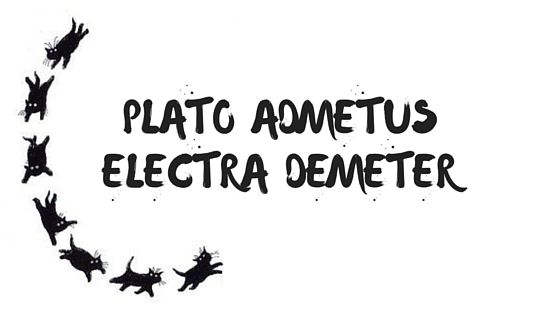 |
| Inspiration: Mariposa (the Spanish word for butterfly) |
Loan Words
Or should we call them 'loan names'? These are names we borrow from different languages. Think of Eleni, Giovanna, Xavier or Matthias. Many names are loan names but have become so mainstream that we have forgotten this. Henry comes from the French name Henri but has gone through a slight orthographical change (a change in spelling). Many diminutives-turned-standalone-names like Bella or Lottie were originally loan names. You can find loan words of your own by browsing the top 100 lists from other countries. It is very useful if you can understand enough of a foreign language to pick out names from international baby naming forums because you can find some hidden gems that speakers of English have never heard before.
Here are some beautiful names I found from the Turkish top 100 in 2012:
Zehra, Meryem, Rabia, Esma, Ceylin, Esila, Miray, Aylin.
Eren, Ismail, Kaan, Berkay, Ensar, Onur.
Compounding
Compound words are made up of two other words. Like wind+mill= windmill, Annabelle, Annmarie or Marybeth are compound names. Some names can seem like they are compounds but are just normal names. Elizabeth seems to come from Eliza and Beth but I think they have only become standalone names after being used as nicknames. Liliana is another example. Lil is a name. Liana is a name. But Liliana is not a compound name.
Here are some plausible compound names:
Maudlily, Liluna, Islamy, Leahlina, Evelisa, Elizabella.
Conversion
Usually conversion is where a word changes its grammatical function such as changing from a noun into a verb. Just think of how we use Google as verb (like 'I'm just going to Google this') But maybe conversion in names is little different. Maybe conversion means changing from what we think of as a 'word' into a 'name'. Word names have become very popular. Flower and jewel names (like Pearl and Rose) were popular historically but recently we have been picking from a wider vocabulary especially in celebrity culture. We have North, Saint, Ever and Apple. We often combine loan names and word names (use word names in different languages) like Soleil or Beau. If a word has a desirable meaning (such as love or beauty or happiness) then it is more likely to become popular.
Here are some words from Spanish that could become names:
Vivir, Almendra, Milagro, Mariposa, Lluvia.
Affixation
Affixes are collections of letters that are added onto the beginning or end of a word. Like 'Dis-' can be added to make 'disrespectful', 'disallow' or 'dishonest'. Sometimes affixes can get confused with compounding as they are very similar. The line between affixation and compounding seems to be quite blurred in the world of names.
Some affixes include -anna, -bel, -lyn and -a. It is harder to find prefixes like Leo- (as in Leonore or Leocadia) but they do exist. Marilyn, Caitlyn and Jocelyn are good examples of the use of an affix.
Blending
Many of the processes I have explained are more relevant to frilly, elaborate girls' names but blending is definitely also for the boys. Think Aiden, Kayden, Jaden, Hayden. Think... Blending is all about changing a very small part of an existing name. Of course, some blends sound better than others. From Taylor, you could have Naylor, Saylor or even Haylor. But when I use Traylor, it sounds awfully like 'trailer' and Jaylor sounds awfully like 'jailer'. You have to be very careful!
Here are some blended names that might be usable:
Mackson (from Jackson), Trentley (from Bentley), Browan (from Rowan)






